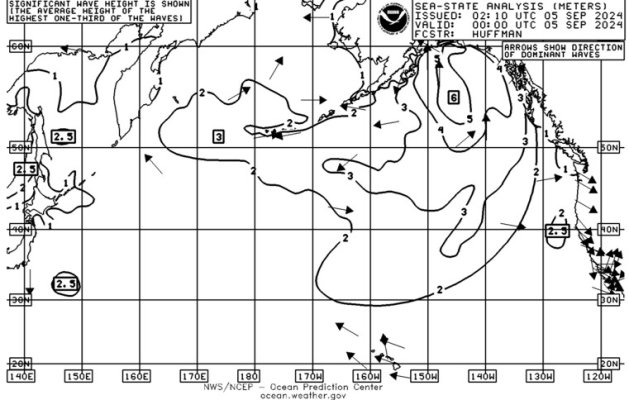mvweebles
Guru
- Joined
- Mar 21, 2019
- Messages
- 7,771
- Location
- United States
- Vessel Name
- Weebles
- Vessel Make
- 1970 Willard 36 Trawler
All - I just received the following email asking for comment on shifting from Feet to Meters for high-seas weather products only.
You can register your comments HERE (https://ocean.weather.gov/survey-proposed-meters/index.php)
My comment was "It's about time....." Sheesh - I was a young pup when this country talked about going metric (Carter Administration). I'm amazed we never did. But I digress - purpose of this post is to give feedback to NOAA, an agency I don't mind supporting with tax dollars.
Peter
You can register your comments HERE (https://ocean.weather.gov/survey-proposed-meters/index.php)
My comment was "It's about time....." Sheesh - I was a young pup when this country talked about going metric (Carter Administration). I'm amazed we never did. But I digress - purpose of this post is to give feedback to NOAA, an agency I don't mind supporting with tax dollars.
Peter
Dear Blue Water Mariners,
The National Weather Service is soliciting comments on a proposal to change wave height analyses and forecasts from "feet" to "meters" for the High Seas text forecasts and the marine graphics (radiofax and internet). Note that this proposed change is ONLY for the High Seas products, NOT the Coastal Waters (within 60 nautical miles of the coast) or the Offshore Zone Waters.
Here's the Public Information Statement. Here's where you can provide comments, or you can simply email me back your feedback.
Sincerely,
chris

